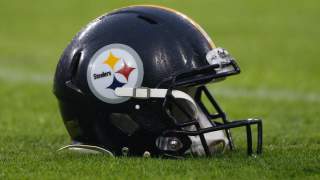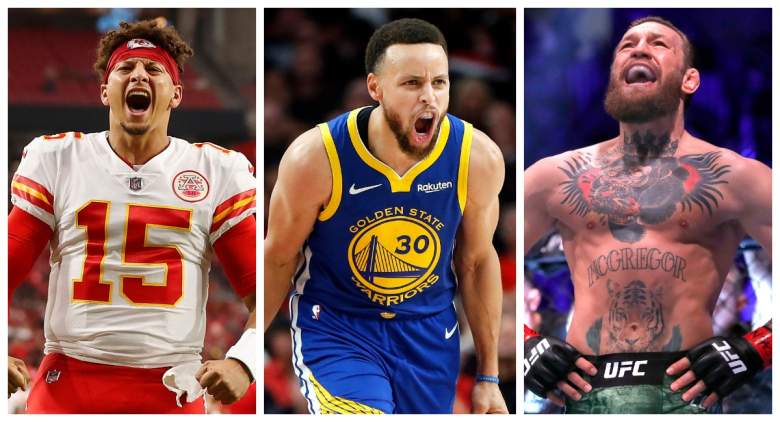

Heavy Sports
Heavy Sports is your go-to source for news, analysis and roster moves around the NFL, NBA, MLB and more.
More From Heavy Sports
-
Jrue Holiday, $70M Star Will Be Trade Pieces Down The Line: NBA Analyst
A couple of NBA players received lucrative extensions from their current teams as the Boston Celtics and the Phoenix Suns locked in Jrue Holiday and Grayson Allen to multiple-year contracts.NBA analyst Kevin O’Connor of the Ringer dished out his take on these recent deals for Holiday and Allen, explaining why their contracts could play out […]
-
Draymond Green Slams Knicks’ Playoff Chances: ‘Who’s Going to Stop Joel?’
-
DeMar DeRozan Sends Clear Message to Bulls’ Front Office Ahead of Free Agency
-
Jets Doing Homework on Basketball Star With Tee Higgins Upside
-
49ers Could Find Brock Purdy Insurance With Big-Named QB
-
Caleb Williams ‘Built Different’ Than Prior No. 1 QB, Can Overcome Shared Flaw
The Chicago Bears are poised to select QB Caleb Williams with the No. 1 overall pick but as good as he is, he has one potentially fatal flaw.
-
Orioles’ No. 4 Prospect, Minor League HR Leader Listed as Trade Candidate
-
The 2 NFL Draft Prospects Who Have Gotten Most Attention From Steelers
-
Giants ‘Sneaky’ Draft Option Spells Trouble for Evan Neal
-
Potential Steelers Trade Target: ‘6 Days and it’s Fireworks’
-
Why Scottie Scheffler Shuffles His Feet When He Swings
Scottie Scheffler doesn't have the most orthodox golf swing in the world, but it's obviously worked out just fine for him.
-
Josh Hart Claps Back at Sixers’ Backup for Knicks Comments: ‘I Don’t Care’
-
Joe Douglas’ Comments on Jets First Rounder Raises Eyebrows
-
49ers Predicted to Trade Up for Elite-Speed WR in 2024 NFL Draft
-
9-Time All-Star Deemed Offseason Trade Target for Knicks
-
Marcus Smart’s Grizzlies Teammate Floated as Celtics Trade Target
-
Buccaneers Urged to Take ‘No-Brainer Pick’ in NFL Draft
-
Red Sox Pull Off Trade for 28-Year-Old Cuban Defector Returning From Surgery
-
Bengals-Packers Trade Proposal Swaps 4 Picks in NFL Draft
-
Proposed Patriots Trade Lands “Quarterback of Their Choosing”
If the New England Patriots really like one of the top quarterbacks in the draft, ESPN writer Bill Barnwell's trade proposal with the Washington Commanders could work.
-
Bradley Beal ‘Jealous’ of Suns Teammates Kevin Durant & Devin Booker
-
4-Time Rebounding Champ Tabbed a Celtics Top 2024 Free Agent Target
-
Red Sox Named Potential Trade Fit for 2-Time All-Star to Fill Shortstop Gap
-
Analyst Thinks Steelers Shouldn’t Hesitate to Draft SEC Star if He’s Available
-
Decision to Host Group QB Visit Backfires for Commanders
The Washington Commanders are under fire for the decision to bring in four QBs for visits at the same time ahead of the 2024 NFL draft.
-
Seahawks Invite Former Ohio State QB to Seattle Ahead of NFL Draft
-
$90 Million Running Back Named ‘Final Hope’ For Jets
-
Joe Douglas Strongly Responds to Aaron Rodgers Jets Anniversary
-
MLB Best Player Prop Bets for April 19
-
Eagles WR A.J. Brown Reacts to Tom Brady Photo ‘Controversy’
Philadelphia Eagles wide receiver A.J. Brown is shutting down any potential "controversy" after his Tom Brady photo on social media.

